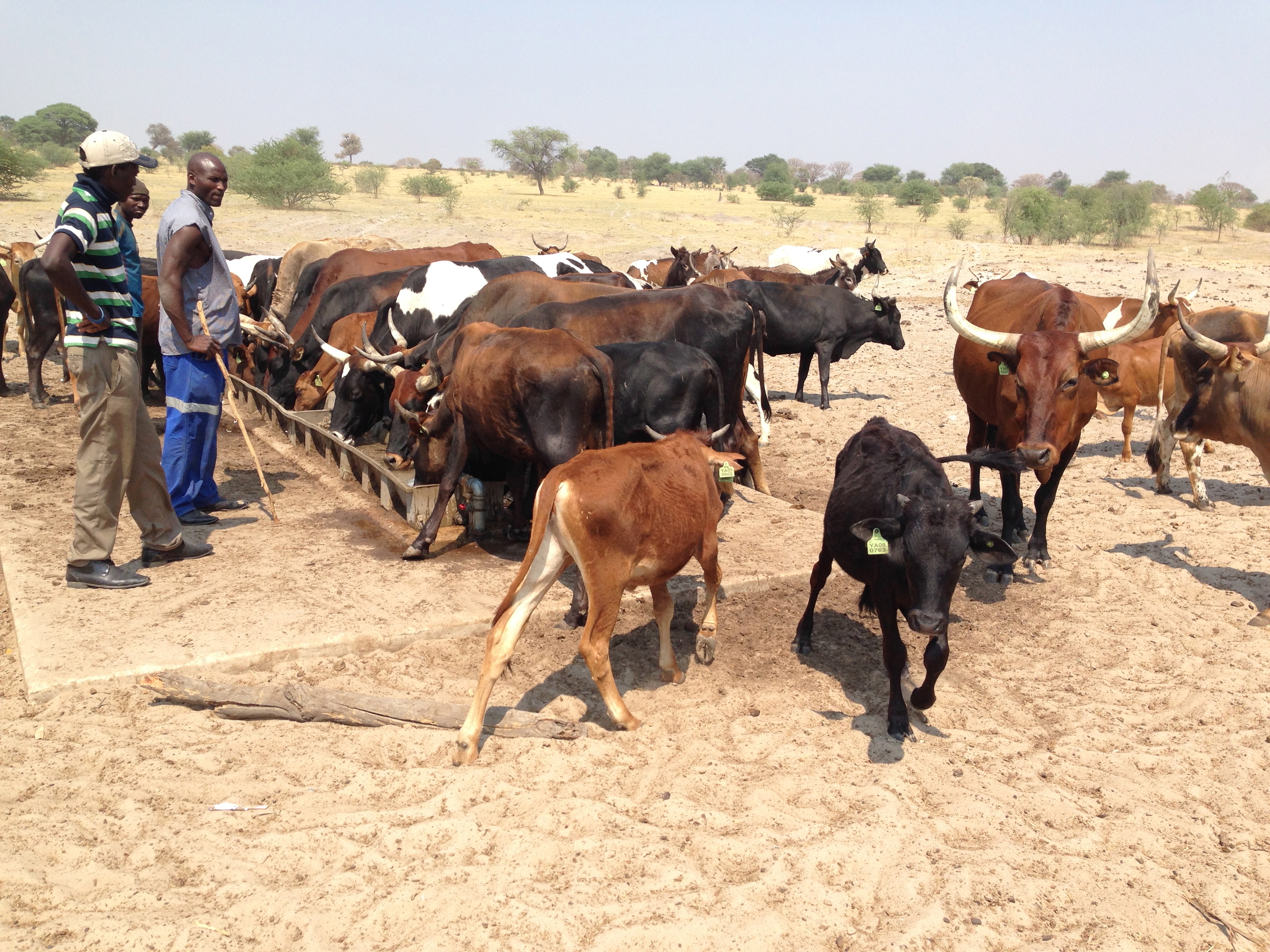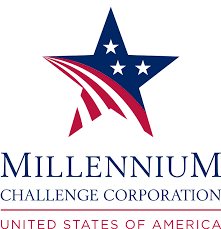The Impact of Community Natural Resource Management on Farmers’ Livelihoods and Land Quality in Namibia

Abstract
In parts of southern Africa, environmental pressure on the land from overgrazing has contributed to land and water shortages and made communities more vulnerable to drought. In Namibia, researchers measured the impact of a community-based natural resource management program in rangelands on livestock assets, income, social cohesion, and land quality. The intervention led to improvements in community management, governance, and cooperation on rangelands but had negative impacts on rangeland health.
Policy Issue
Global desertification of the commons has increased in recent years, attributable to a number of factors including overgrazing, deforestation, and climate change. Africa in particular is susceptible to desertification, and it is estimated that by 2030, it will lose two-thirds of its arable land. [1] Herders, who depend on the availability of fertile land to lead their cattle, have the potential to experience significant negative impacts from this desertification. However, efforts to rehabilitate the land have been slow, notably due to limited land regulation by traditional tribal authorities or central authority, a lack of appropriate policies, and weak policy implementation. In the absence of effective management, communal rangelands are in danger of further desertification from overgrazing due to herders who are motivated to use the land in competition with their neighbors. Though they know reducing their herds’ grazing would be beneficial for the soil, individual herders may be hesitant to do so because they fear others will not follow suit. The resulting land degradation and water shortages make communities more vulnerable to drought.
Some conventional ways to address this issue are to allow common rangeland to be fenced off as private land, or to encourage farmers to cull their herds, reducing the number of old and unproductive animals in the herd. However, these solutions are sometimes regarded as disruptive to traditional practices of pastoral land sharing and maintaining large herds. [2] An alternative approach[3] is a program of community-based natural resource management in which farmers combine their herds and rotate where they graze according to a plan. However, there is little experimental evidence on the actual effectiveness of this community-based approach. [4] In Namibia, researchers investigated the impact of a community-based natural resource management program on farmers’ livelihoods, social cohesion, and the long-term sustainability of the land.
Context of the Evaluation
The Northern Communal Areas (NCAs) of Namibia is a sparsely populated rural region where more than 1.2 million people live and practice agriculture and cattle herding. Population growth and reduced herd mobility have contributed to declines in soil productivity and vegetation in the NCAs. [5] In turn, this has led to complications for and competition between farmers and herders in accessing vital natural resources like water. Desertification has cost Namibia an estimated US$ 1.6 billion, equal to 19 percent of GDP. [6] Participants in this study were cattle farmers who owned at least ten animals, around the average cattle ownership for the region.
The Community-based Rangeland Land Management project, implemented by the German development consultancy GOPA, divided the NCAs into broad informal districts called Rangeland Intervention Areas (RIAs). Each RIA was composed of a number of Grazing Areas, communities of about 20-30 farmers that graze on the same land and recognize the same local headman as their traditional authority.
The IPA evaluation was funded by Millennium Challenge Corporation’s (MCC) Namibia compact, which contracted a German consulting firm called GOPA to implement the project. Oversight of the project was shared between GOPA, MCC, and the Namibian Ministry of Agriculture, Water and Fisheries.
Details of the Intervention
IPA worked with researchers to conduct a randomized evaluation measuring the impact of a communal rangeland management program on farmer incomes, livestock assets, and land quality. Among 38 RIAs in the evaluation, half received training from GOPA on Community-based Rangeland and Livestock Management (CBRLM), as well as matching funds for program activities and borehole well construction for cattle. The remaining RIAs formed the comparison group and did not participate in the program.
GOPA conducted CBRLM trainings for farmers from 2012 through 2014. Training topics included planned grazing, combined herding, and best practices for raising cattle for commercial production. GOPA also helped formalize existing farmers associations to adjudicate disputes over natural resources and manage financial contributions for common goods by strengthening bookkeeping practices, creating shared bank accounts, and developing a clear structure for dispute settlement. GOPA matched farmers’ financial contributions for common goods for the first year of the program and constructed new borehole wells in communities where water access was limited.
Two years after the conclusion of the CBRLM program, IPA researchers collected data to measure the program’s impacts on farmer incomes, productivity management behaviors, social cohesion, cattle health, and herd structures. They also collected ground-based ecological data and used high-resolution satellite imagery to measure land quality and preservation.
Results and Policy Lessons
Community-based rangeland management improved rangeland grazing management, community governance of the rangelands, and farmer cooperation in managing the rangelands. However, the intervention had negative impacts on rangeland health.
Grazeland management behavior improved. Herders in CBRLM rangelands improved grazing planning, grazing plan adherence, herding practices, and management as recommended by the training. In addition, they increased governance, collective action, and expertise of rangeland management.
Herders were more likely to cooperate with peer herders. Approximately 50 percent of trained farmers planned grazing with peer farmers while only 22 percent of comparison group farmers did so. In addition, 72 percent of trained farmers combined their cattle with cattle of peer farmers versus 38 percent of comparison group farmers.
Despite improvements in rangeland management, rangeland conditions worsened. During the wet season, rangelands managed by trained farmers experienced slight decreases in protected soil surface (77 percent versus 81 percent for comparison group farmers), and plant litter cover (52 percent versus 55 percent). There were more significant decreases in herbaceous canopy cover (37 percent versus 45 percent), and fresh plant biomass (338 kg/hectare versus 459 kg/hectare). During the dry season, herbaceous canopy cover decreased from 22 percent to 17 percent and fresh plant biomass decreased from 233 kg/hectare to 227 kg/hectare. The researchers concluded that the negative impacts on rangeland conditions were due to increased grazing intensity during the wet and dry seasons.
Participating CBRLM communities experienced incursions from outside herders. During the dry season, herd owners were seven percentage points more likely to report incursions from herders from outside the rangelands (23 percent versus 16 percent for the comparison group). This was likely due to outside herders taking advantage of the water infrastructure and the set aside un-grazed forage reserves in these rangelands, interfering with the rotational schedule of land use.
Sources
[1] Africa Renewal, "Desertification a threat to Africa's development," United Nations, Accessed June 7, 2023, https://www.un.org/africarenewal/web-features/desertification-threat-africa%E2%80%99s-development
[2] Turner and Schlecht 2019
[3] Coppock, D. Layne, Luke Crowley, Susan L. Durham, Dylan Groves, Julian C. Jamison, Dean Karlan, Brien E. Norton, and R. Douglas Ramsey. "Community-based rangeland management in Namibia improves resource governance but not environmental and economic outcomes." Communications Earth & Environment 3, no. 1 (2022): 1-17.
[4] Some large-scale non-experimental studies have found promising results of rotational grazing programs, see: Norton, B.E. 2022. Management of livestock using rotational grazing. A critical intervention to promote food security and environmental sustainability in rural Tajikistan. A Knowledge Management paper for the International Fund for Agricultural Development (IFAD), Rome.
[5] Bollig, Michael. Shaping the African Savannah: from capitalist frontier to arid Eden in Namibia. Cambridge University Press, 2020.
[6] UN Staff, “LDN Country profiles: Namibia–Investing in Land Degradation Neutrality: Making the Case,” United Nations Convention to Combat Desertification, Accessed December 6, 2022, https://www2.unccd.int/sites/default/files/inline-files/Namibia_3.pdf













